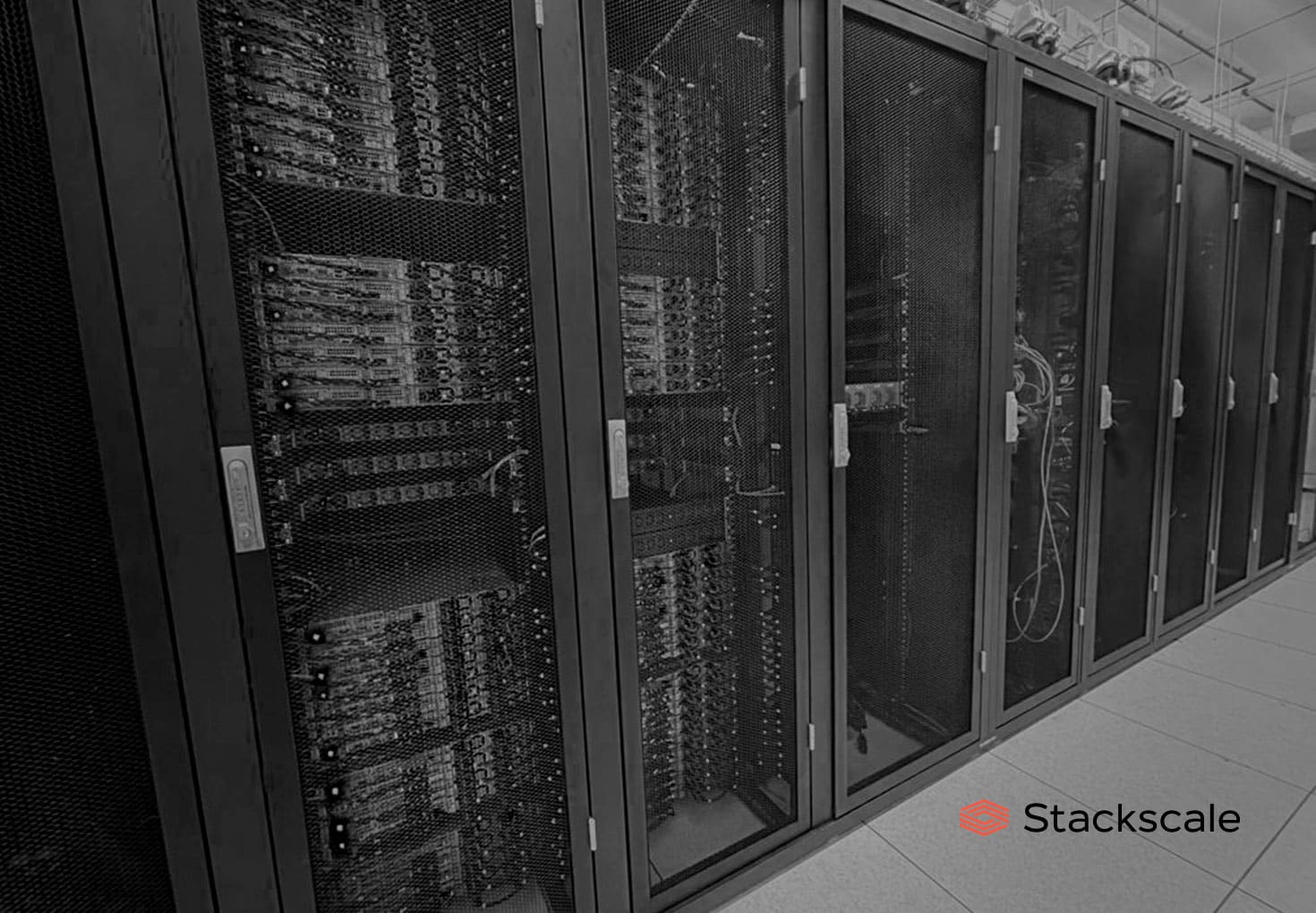The server rack is an essential element in the physical design of any data center, server room, or even a simple office technical room. Far from being just a piece of furniture, the rack serves as the backbone of the infrastructure, housing and organizing critical IT equipment: servers, switches, storage systems, patch panels, PDUs, and more.
Selecting the right size and dimensions of the rack is crucial for maximizing space, ensuring physical security and ventilation, and preparing the environment for growth and technological evolution. Below, we review the three essential parameters that define a standard rack and what to consider before making the final decision.
Rack Height: The “U” Standard
The height of racks is measured in rack units, abbreviated as “U.” Each “U” equals 1.75 inches (44.45 millimeters). The most common standard in data centers is the 42U rack, which provides 73.5 inches of usable vertical space, enough to accommodate multiple servers, networking devices, and accessories.
There are other common heights, such as 22U or 27U for mid-sized racks (ideal for offices or small installations) and 48U racks for high-density environments. There are also compact or wall-mounted models ranging from 1U to 10U, designed for small spaces or very specific uses.
Not only is the height of the rack measured in U; the devices themselves (servers, switches, UPSs, etc.) are also designed according to this standard: for example, a 1U server or a 2U UPS. Therefore, planning must account for the total sum of all the “U” that the devices will occupy and leave additional space for future expansions or upgrades.
Rack Width: The 19-Inch Standard
The standard width in the industry is 19 inches, which corresponds to the space between the mounting rails, not the total exterior width of the rack. This standard facilitates universal compatibility of equipment, which can be secured using screws or clips to the rack guides. However, it’s important to note that the exterior width is usually greater (24 inches or more), especially to allow for cable management and ensure airflow.
Properly planning the width is critical to determining how many racks can fit in the room and ensuring there’s enough space for access, maintenance, and air circulation, both from the front and sides.
Rack Depth: Thinking Ahead
The depth of the rack, that is, the distance between the front and rear rails, can vary considerably based on needs. The most common values are:
- 27 inches: reduced depth, suitable for compact equipment.
- 31 inches: intermediate depth, common in many business environments.
- 37 inches: the most common for modern servers.
- 42 inches or more: for high-density racks and large-format equipment.
It’s essential to calculate the usable depth considering not only the physical space of the equipment but also the margin needed for cabling, ventilation, and the opening of front and rear doors. Generally, it’s advisable to leave 2 to 5 centimeters of clearance in front and behind to facilitate installation and maintenance.
Modern racks often incorporate adjustable rails, allowing for internal depth to be tailored to the specific needs of each piece of equipment and facilitating future changes or expansions.
Standard Racks or Custom Solutions?
The 42U tall and 19-inch wide rack has become the industry standard, but it’s not always the ideal option for every case. Some companies, due to specific needs for space, ventilation, security, or integration with other systems, may require custom solutions. In such cases, it’s possible to design racks tailored in height, width, or depth, while always ensuring compatibility with IT equipment.
The choice between a standard or custom rack should consider factors such as equipment density, power and cooling requirements, physical space constraints, and future expansion possibilities.
Beyond Dimensions: Other Aspects to Consider
Once the basic dimensions of the rack have been determined, it’s important to analyze other critical elements for the performance and safety of the installation:
- Type of rack: open, closed, wall-mounted, two-post or four-post, depending on security, ventilation, and accessibility needs.
- Cable management: guides and trays for organizing network and power cables, preventing tangles and facilitating maintenance.
- Accessories and security: doors, side panels, locks, environmental sensors, and monitoring systems.
- Ventilation and cooling: perforated designs, fans, and air ducting solutions to maintain the appropriate temperature and protect equipment.
- Ease of access: option to remove panels or pull out trays for quick and safe handling of equipment.
Conclusion
The rack is much more than just a simple cabinet for servers: it is the pillar of the entire physical infrastructure of the data center. Getting its dimensions and characteristics right is essential to ensure efficiency, security, and the ability to evolve the technological installation of any organization. A good prior analysis and the choice of the right measurements will maximize space, facilitate future growth, and optimize investment in IT infrastructure.

